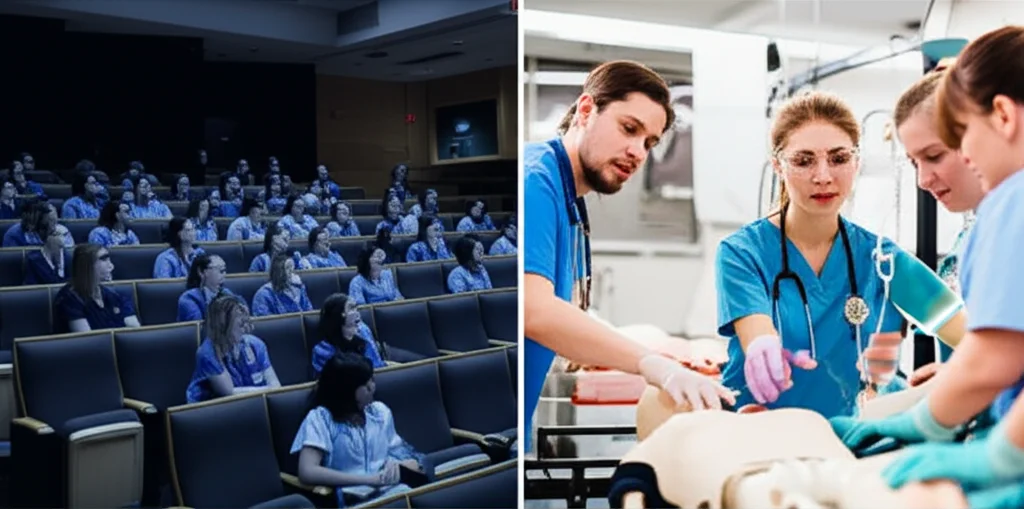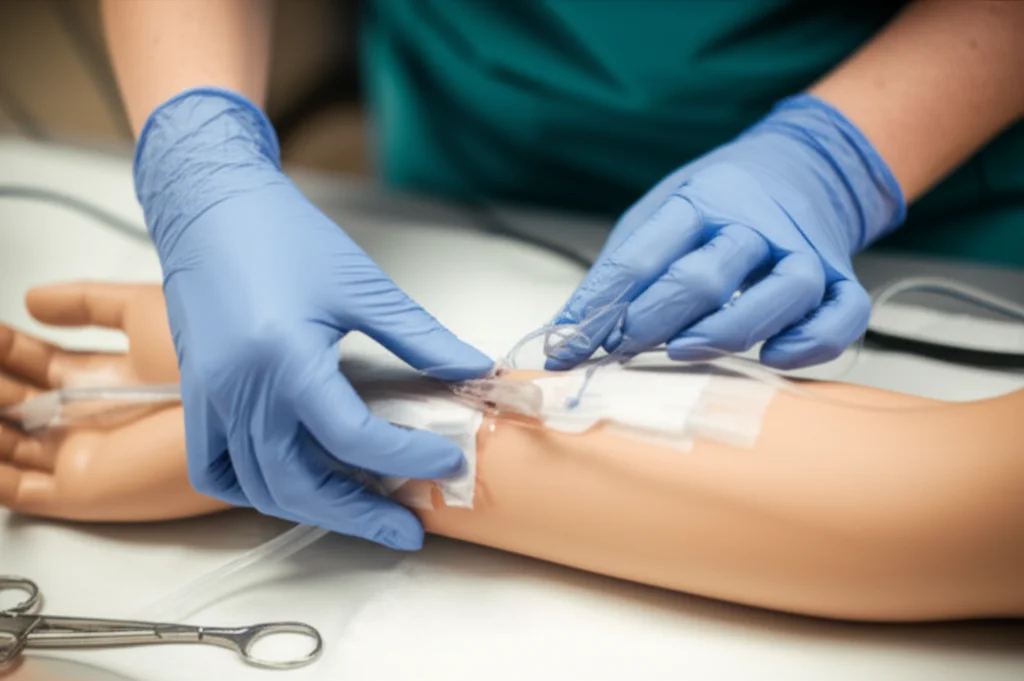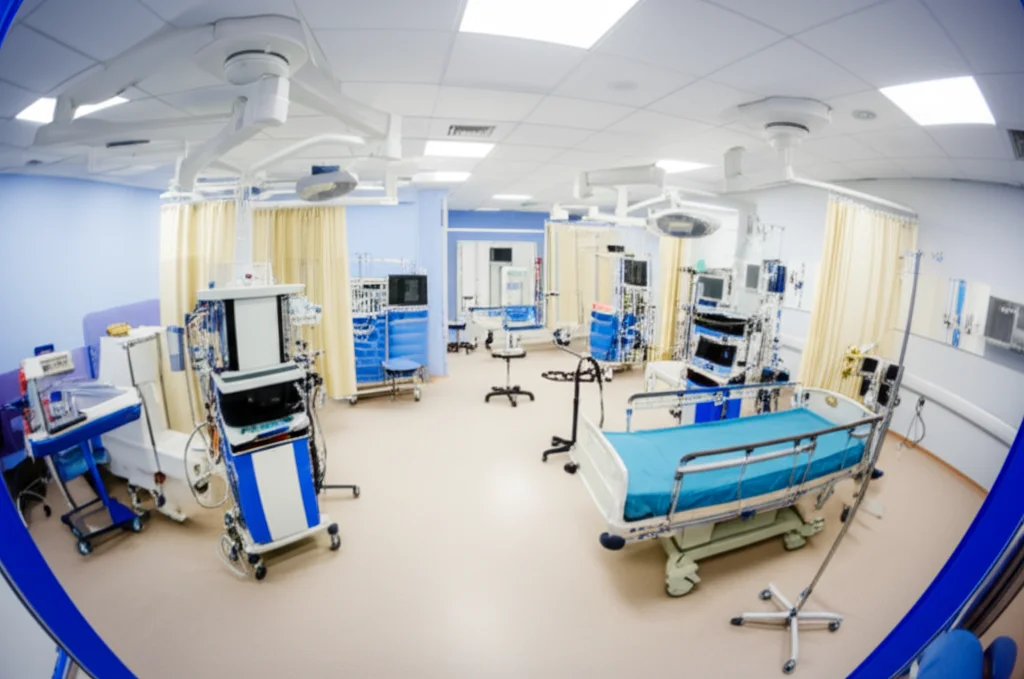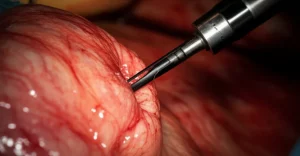Heart Matters: How Super Cool Simulations are Training Nurses to Be Lifesavers!
Hey everyone! Let’s chat about something super important: how we train our future nurses, especially when it comes to really complex stuff like caring for patients after major heart surgery. You know, coronary artery bypass graft (CABG) surgery is a bit of a miracle worker for folks with serious heart disease. It saves lives and helps people get back on their feet. But, and it’s a big but, it’s also a super complex surgery, and patients can face some tricky complications afterwards. This is where our amazing nurses step in – they’re on the frontline, spotting problems and managing care. It’s a massive responsibility!
The Old Ways Just Aren’t Cutting It Anymore
So, here’s the rub. For ages, nursing education has been, well, pretty traditional. Think lectures, textbooks, and then some supervised practice on real patients. While that foundation is crucial, the healthcare world, especially in areas like cardiac intensive care units (CICUs), is evolving at lightning speed. It’s complex, it’s high-stakes, and sometimes, the old ways just don’t quite get new nurses ready for the sheer intensity and the quick thinking required. Studies have even shown that sometimes the quality of care in CICUs isn’t quite where we want it to be, and new nurses often feel a bit thrown in at the deep end, lacking the confidence and sometimes the specific skills for these demanding roles. We’re talking about things like managing hemodynamic monitoring, spotting bleeding quickly, or dealing with sudden cardiac emergencies. It’s a lot!
The challenges are real: growing patient numbers, more complex care needs, rapid advances in medical knowledge, tons of students, not enough professors, and the big one – how do you teach critical skills on live patients without, you know, risking patient safety? It’s a genuine dilemma.
Enter Scenario-Based Simulation: Learning by (Safely) Doing!
This is where things get exciting! Researchers and educators have been exploring innovative ways to bridge this gap, and one of the shining stars is scenario-based simulation training. Picture this: instead of just reading about a patient with post-surgery complications, nursing students get to experience it in a super realistic, but totally safe, simulated environment. They use high-tech mannequins that can breathe, bleed, and even talk (well, sort of, through a computer!). They work through real-life scenarios, make decisions, and see the consequences of their actions without any harm to a real person. How cool is that?
This isn’t just playing with dolls; it’s a structured learning method that really pushes critical thinking and problem-solving. Students can practice, make mistakes (which is a HUGE part of learning), and get immediate feedback. It’s about building those all-important skills and confidence before they step onto a real ward with critically ill patients.

So, a fascinating study popped up from Kashan University of Medical Sciences, and I just had to dive into it. They wanted to see exactly what impact this scenario-based simulation training had on nursing students’ knowledge and, crucially, their performance in caring for patients after coronary artery surgery.
The Big Experiment: Pitting Old School vs. New School
The researchers got a group of 50 seventh-semester nursing students and, using a bit of randomization magic (permuted block randomization, for those who like the details!), split them into two groups. One group got the traditional lecture-based training on post-CABG care. The other group? They got the full scenario-based simulation experience. Think of it as a friendly competition between teaching methods!
The scenarios themselves were no joke. They were carefully crafted using something called the ADDIE model (Analysis, Design, Development, Implementation, Evaluation – a fancy way of saying they were well-planned!) and Tanner’s clinical judgment model. This means the scenarios were designed to make students think like experienced nurses: notice what’s going on, interpret the data, respond appropriately, and then reflect on what happened. They covered seven super common and critical issues: things like the patient coming out of the OR, hemodynamic monitoring (that’s keeping an eye on blood pressure and heart function), bleeding, cardiac tamponade (a scary heart pressure thing), cardiogenic shock, and managing blood sugar and potassium levels. All vital stuff!
Before the training, everyone took a test to see what they knew (knowledge assessment) and how they’d perform certain tasks (performance checklist). Then, after three weeks – to let the learning really sink in, thanks to what we know about the Ebbinghaus forgetting curve (more on that later!) – they were tested again. The evaluator for the performance part was even ‘blinded,’ meaning they didn’t know which student was from which group, which is great for keeping things unbiased.
So, What Happened? The Results Are In!
Okay, drumroll, please! This is where it gets really interesting. When it came to performance – actually doing the nursing tasks correctly – the students who went through the scenario-based simulation training showed a significantly bigger improvement than the students in the traditional lecture group! Both groups got better, which is good, but the simulation group really leaped ahead. We’re talking about a performance score increase of 7.88 points for the simulation folks, compared to 4.36 points for the lecture group. That’s a pretty clear win for hands-on simulation!
This makes so much sense, right? It’s one thing to read about how to manage a post-op bleed; it’s another entirely to actually go through the steps, feel the (simulated) pressure, and make those critical decisions in real-time. Studies from all over, like those by Zeng et al. and Jahanbazi et al., have found similar boosts in performance with simulation. It just seems to click better when you’re actively involved.

Now, what about knowledge? This is where the story takes a slight turn. While the simulation group did show an increase in their knowledge scores, the difference between their improvement and the lecture group’s improvement wasn’t statistically significant. Both groups learned stuff, but the simulation didn’t give a massive extra edge in just pure factual recall three weeks later.
Why might this be? The researchers have a few ideas. Remember that Ebbinghaus forgetting curve I mentioned? It basically says we forget stuff pretty quickly after we learn it unless we actively work to remember it. Three weeks is a fair bit of time, and maybe the initial knowledge boost evened out a bit. Also, the students in this study already had a decent theoretical knowledge base from their courses; they hadn’t started their practical internships yet. So, there might have been a ceiling effect on how much more *book knowledge* they could cram in from this specific intervention.
Other studies have had mixed results on knowledge too. Some show big gains with simulation, others don’t. It might depend on how soon after the training the test is done, or the specific way the simulation is designed. For instance, if the simulation is super focused on reinforcing specific facts through repetition, it might boost knowledge scores more. The authors of this study also pointed out that maybe three 2-hour sessions, while great for performance, might not have been enough to deeply cement complex theoretical knowledge for the long haul. Deeper, lasting knowledge often needs more time and continuous reinforcement – like what actual working nurses get when they apply their knowledge daily.
Beyond the Scores: What Did the Students Think?
Learning isn’t just about test scores, is it? The researchers also asked students for their thoughts and feelings about the training. And guess what? The scenario-based group reported higher satisfaction! One student even said, “considering that we could not receive training in the post-cardiac surgery intensive care unit, participating in this course was very enjoyable for me.” That’s awesome!
Of course, it wasn’t all sunshine and rainbows. Some students found the scenario-based method a bit stressful. One admitted, “Since my prior knowledge and skills on the subject were limited, I would experience anxiety when answering the scenario questions.” And that’s totally understandable! These are high-pressure situations, even when simulated. But, a little bit of stress can actually be a good motivator for learning. It makes it feel real.
Interestingly, students also highlighted the need for prior preparation. One insightful comment was, “I feel that if I had entered this course with prior preparation, I could have challenged my knowledge and learned more.” This tells us that for simulation to be super effective, students probably need to come in with a solid grasp of the basics. Then, the simulation can help them apply it and take their understanding to the next level.
Other cool tidbits:
- Students with some part-time nursing experience seemed to get an even bigger performance boost from the simulation. This fits with learning theories that say prior experience helps us build new knowledge more effectively.
- Interestingly, how much they *liked* nursing or heart-related topics didn’t seem to make a huge difference in their scores after this specific training, which is a bit different from what some other studies find.

Why Simulation Shines for Skills
So, why is scenario-based simulation such a rockstar for improving practical performance? It’s all about active learning. Students aren’t just passively listening to a lecture; they’re doing, they’re problem-solving, they’re making decisions, and they’re reflecting. They get immediate feedback, can see the results of their actions, and can practice until they get it right. It’s like the difference between reading a cookbook and actually cooking a meal. Simulation helps turn theoretical knowledge into actual, usable skills. It bridges that gap between the classroom and the clinic beautifully.
While knowing the facts is essential, performance is about applying that knowledge effectively under pressure. And that’s where simulation really helps students level up.
The Future is Simulated (and Cost-Effective!)
What’s the big takeaway here? Well, this study adds more strong evidence that scenario-based simulation training is a fantastic way to boost nursing students’ performance in complex care situations like post-heart surgery care. While it might not have dramatically outshone traditional methods for long-term knowledge retention in this particular study (for the reasons we discussed), its power in building practical skills and confidence is pretty clear.
One of the worries with simulation can be the cost – fancy mannequins and tech can be pricey. But the cool thing about scenario-based simulation, as used in this study, is that it can be pretty cost-effective. They used readily available resources and simple equipment, proving you don’t always need the most expensive gear to get great results. It’s about smart design and engaging scenarios.
So, for universities and nursing programs looking to really prepare their students for the realities of modern healthcare, incorporating more scenario-based simulation seems like a no-brainer. It’s engaging, it’s effective for skill development, and students seem to dig it. It’s about making sure our future nurses are not just knowledgeable, but also incredibly competent and confident lifesavers. And that, my friends, is something truly close to my heart!

Of course, like any study, this one had its limitations. It was done in one place, so we need to be a bit careful about generalizing too much. And it didn’t look at long-term skill retention in real clinical settings, which is always the ultimate goal. But still, the findings are super promising and give us a lot to think about in how we educate the next generation of nursing heroes.
Source: Springer







